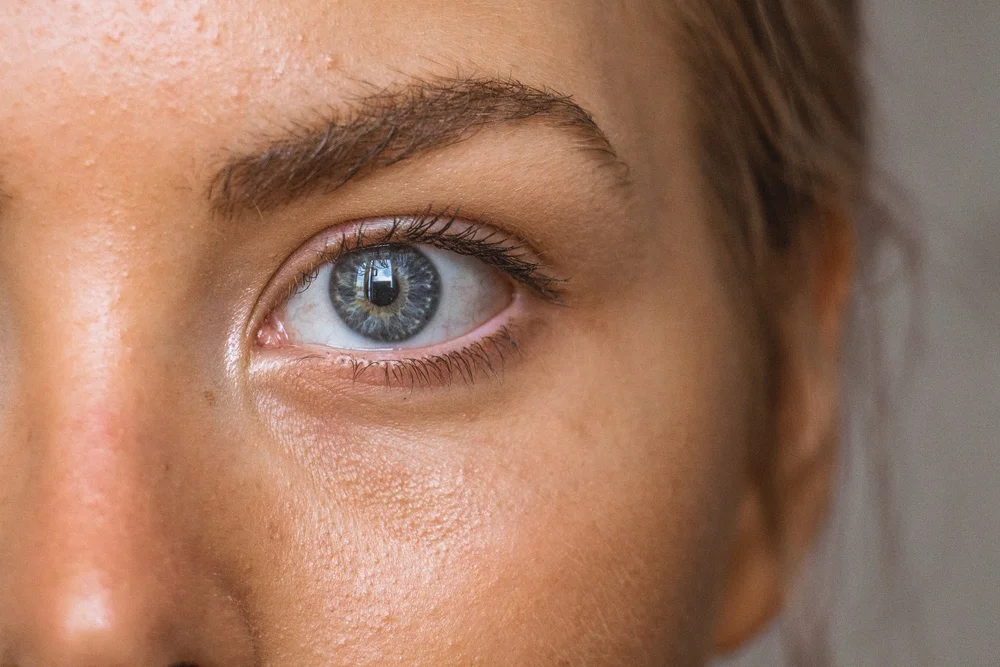
Image: https://ift.tt/XrYQ1Iu
Five of the Most Poignant and Effective Close Up Shots in Movie History
When you consider the craft that is cinema and the movies that really are considered iconic, there is a decent chance that a close-up was used to really strike a chord and help to connect you emotionally to what is playing out on screen.
There are many ways a filmmaker will look to encourage and elicit a reaction from his audience, the use of a great score or a jolting jump cut, but a close-up is perhaps the most common tool in their armory, and it’s one that can be incredibly effective when used correctly.
What is a Close Up?
So what is a close-up shot? Well, predominantly, it’s a term used to denote a tightly framed shot of a character’s face. This makes their reaction to a situation the chief focus of the field of vision.
It is captured with a long lens at close range, in most instances anyway, and it’s there to create a connection between an audience and a character and the situation they find themselves in.
For instance, perhaps your protagonist is cornered in a gunfight, desperately trying to load his gun and now waiting for a villain to turn the corner, sweat dripping from his pulsating face.
Or maybe it’s a face of joy after a mother has given birth to a new child in a dystopian world where the creation of life is something of a magical elixir to the negative connotation of the world both mother and child now inhabit.
Why Use a Close Up?
Using a close-up, when used sparingly and correctly, hypes up the tension and adds a layer of visceral action or can be used to denote a romantic exchange. It’s there to build a bridge between the viewer and a character, usually the lead.
It can sometimes be overused if a filmmaker doesn’t have a great deal else to say, and that’s why it should be used only when the narrative demands it and not just because there is little life in the story being played out.
Five Great Uses of Close-Ups in Cinema
Since the dawn of the cinema age, close-ups have been used to astonishing effect and here are just a handful of iconic moments that go to show just how important a close-up can be to the overall production from which they are taken.
The Blair Witch Project
This 1999 release was a massive success, taking almost $250 million from the box office despite costing less than $500k to make. It’s a taut horror project and one that has in many ways rejuvenated the genre, and it contains a now very famous close-up.
In this shot, we see Heather Donahue recording herself as some seriously spooky stuff plays out around her. She is scared witless and crying uncontrollably, and it really helped to ratchet up the tension in a movie that builds up that tension very well before the inevitable pay off at the finale.
The Royal Tenenbaums
Though Wes Anderson’s masterpiece is a comedy, this scene, where Richie Tenenbaum (Luke Wilson) is shaving his hair and beard before slicing his wrists, is amazingly well-framed, and the accompanying soundtrack helps to build up the mood expertly.
It’s a little jarring, to say the least, and is a world away from the usual style associated with Wes Anderson movies, and is a hugely emotional moment in a superb movie.
The Godfather
This movie actually includes two very famous close-ups. The first is on Marlon Brando as Robert Duvall whispers into his ear ahead of a meeting that Vito Corleone is taking during his daughter’s wedding. The second, and in our view, more effective of the two, comes when Al Pacino is weighing up his upcoming actions, where he will shoot dead Sollozzo and police captain McCluskey in a restaurant.
Having retrieved a firearm from the bathroom, he sits quietly at his table, and we are focused tight on his face as words are exchanged (out of earshot) between the two men he sits with, and slowly, you see his facial expression change to that of real rage as he then gets up and kills them both before exiting the establishment.
The Shining
Stanley Kubrick is known for a number of close-up shots in his canon of work, but perhaps the most infamous is from The Shining. In this brooding horror tale, we see writer Jack Torrance slowly unravel, and in the final act, he goes on the rampage and attempts to murder his long-suffering wife.
Shelley Duvall barricades herself in a bathroom, but that doesn’t stop Jack Nicholson from taking an ax to the door and smashing through, just enough for him to be able to stick his head through and menacingly announce ‘Here’s Johnny’ in a truly horrifying scene that is now firmly part of film history.
Psycho
Though, at the time at least, the scene of Marion Crane (Janet Leigh) was considered brutal at the time of its release, in today’s cinematic world, it would be seen as fairly light in terms of its depiction of a character being slain in the shower.
But the key here is that the image we remember most of this upsetting scene isn’t of blood or the knife but of Leigh’s close-up as she is mid-scream, and the famous musical score adds an additional blood-curdling aspect to the murder that sets up Alfred Hitchcock’s masterpiece.
from Review Blog https://ift.tt/xpNb72H







No comments:
Post a Comment